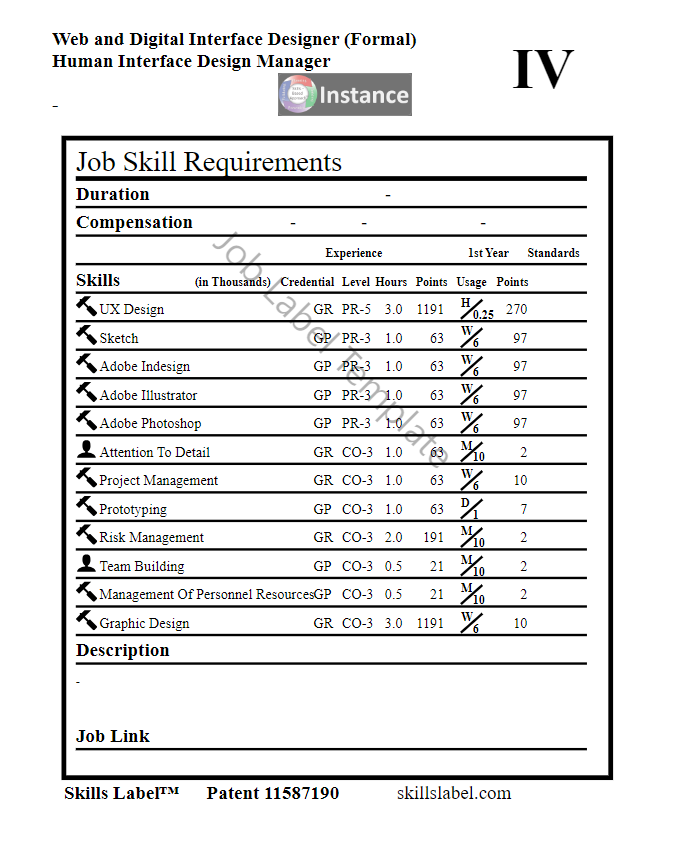A Job Future is a definition of skill requirements quantified with Skill Points (a Job Label) for a job six months to two years in the future. Some advantages in using Job Futures:
-
Craft a curriculum more focused on job placement.
-
Provide targets for future candidates. Empower students to prepare on their own.
-
Predict macro-level demand for jobs and skills.
-
Improve job contigency for college graduate.
Actionable Skills Gap Response
For employers, a Job Future is an opportunity to clearly articulate precisely what skills they need for a job. So in response to…
“60 percent of respondents reported difficulty ‘bridging skills gaps locally’ and 53 percent ‘attracting talent’ as barrier to their business” (WEF Future of Jobs 2023 Report)
… at a minimum, give post secondary students a chance to acquire and validate the skills for a job.
For post secondary students (for 2 – 4 year college degrees, apprenticeships, training), Job Futures are an opportunity to clearly target a set of actual jobs before graduation. So in response to…
“52 percent of graduates are underemployed… 82 percent severely underemployed and 45 percent of them are underemployed a decade later” (Strada Education Foundation Talent Disrupted Report)
… at a minimum, give employers a process to evaluate candidates skills from when the Job Future is posted until its maturation
A Job Future cannot guarantee employment for a number of reasons: business hiring is cyclical; some businesses (like IT) simply cannot predict future jobs; and competition among candidates. Despite not being an absolute guarantee, Job Futures should improve job contingency for graduates by matching skill requirements of actual jobs with the learning and training while it is taking place.
How does this work
-
An employer creates a Job Label guided by a Job Label Template.
-
A student gets the Job Label and brings the job into Skills Based Approach as an Instance
-
The student then targets the job and job skills. Some ways a student targets the job:
-
Choose curricular work such as projects, papers, and coding that align with the skills.
-
Do extra-curricular filling the skills not covered in the curriculum.
-
Participate in internships, co-ops and other experiences applying the skills (recommended in the Strada report).
-
Earn credentials to verify necessary skills (if not appropriated from the course, do it anyways).
Being non-commital from the perspective of the employer and the student, at any stage, a student pivots to different Job Labels through the process and does not lose a step – the medium of skills and Skills Points makes this work. Or if a Job Future is no longer relevant, an employer modifies or removes it from circulation.
The name Job Future does intentionally play on other ‘Futures’. Like with commodities and capital, there is perceived value in predicting future demand for jobs and more precisely their underlying skills and Skill Points – the numerical representation. Job Futures are one way to plug a Skills Gap and solve the Skills Gap Paradox.
If you would like to learn more, please contact us to learn more: jobfutures@skillsbasedapproach.com
